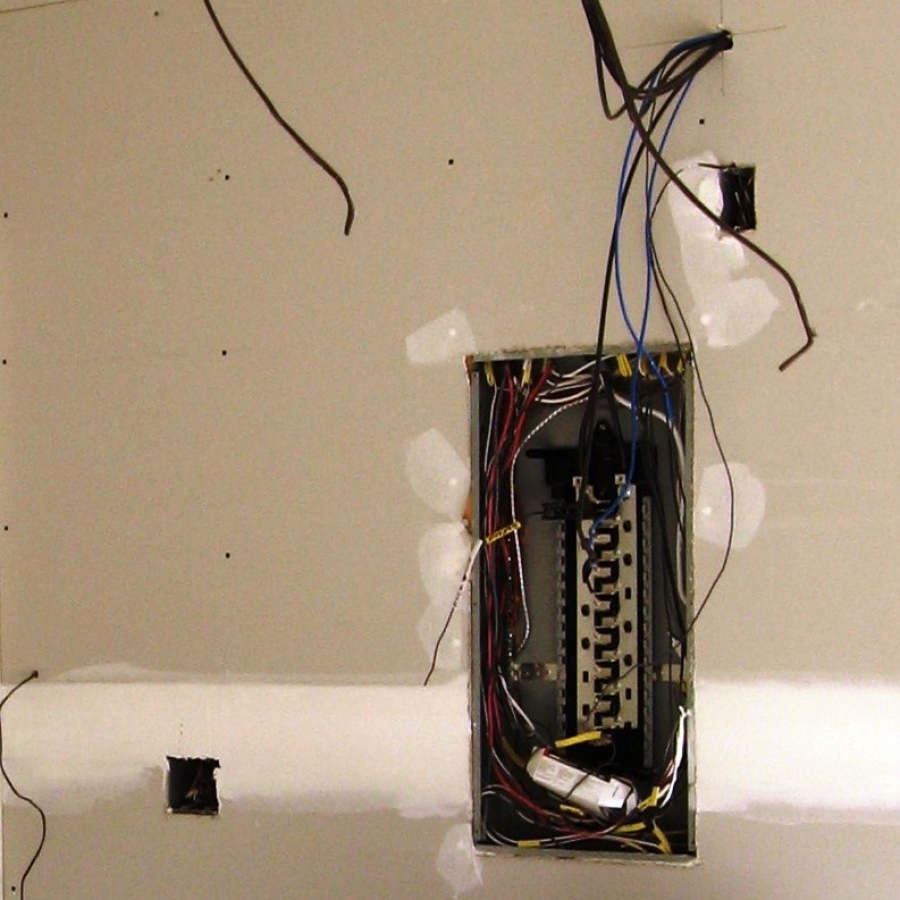Panelboards
The National Electrical Code (NEC) defines a panelboard as "a single panel or group of panel units designed for assembly in the form of a single panel, including buses and automatic overcurrent devices, and equipped with or without switches for the control of light, heat, or power circuits; designed to be placed in a cabinet or cutout box placed in or against a wall or partition; and accessible only from the front" (Article 100-definitions).

Simplifying the NEC definition, panelboards are: accessible only from the front, mounted against or in a wall, placed in a cabinet or cutout box, and used to control light, heat, or power circuits.
Panelboard Applications and Types
Panelboards are designed for a multitude of applications. For example, they are manufactured for various voltages (120/240vac, 120/208vac, and 277/480vac being the most common in the U.S.), amperages (ranging from 30A to 400A), and phases (single 1Ø or three phase 3Ø). Panelboards basically fall into three categories:
- Lighting and appliance branch-circuit panelboards
- Power panelboards
- Load centers
The cabinet enclosure, or cutout box and its front cover (usually a hinged door) are designed for specific installations following guidelines set forth by the National Electrical Manufacturers Association (NEMA). Common enclosure types include (for a complete listing of enclusure types click here):
- Type 1 enclosures are intended for general purpose indoor use.
- Type 3R enclosures are intended for outdoor use, primarily to provide a degree of protection against rain, sleet, and damage from external ice formation.
- Type 4X enclosures are intended for indoor or outdoor use, primarily to provide a degree of protection against corrosion, windblown dust and rain, splashing water, hose-directed water, and damage from external ice formation.
- Type 3R/12 enclosures are intended for indoor use, primarily to provide a degree of protection against circulating dust, falling dirt, and dripping noncorrosive liquids.
The interior of a panelboard consists of several components, including overcurrent protection devices (usually circuit breakers), main lugs or a main circuit breaker, bus bars (a bus bar is a conductor that serves as a common connection for two or more circuits -- breakers are attached to the bus bars), insulated neutral bus bars, and ground bus bars (when required).

Buildipedia Staff
The Buildipedia research and writing staff consists of dozens of experienced professionals from many sectors of the industry, including architects, designers, contractors, and engineers.
Website: buildipedia.com/